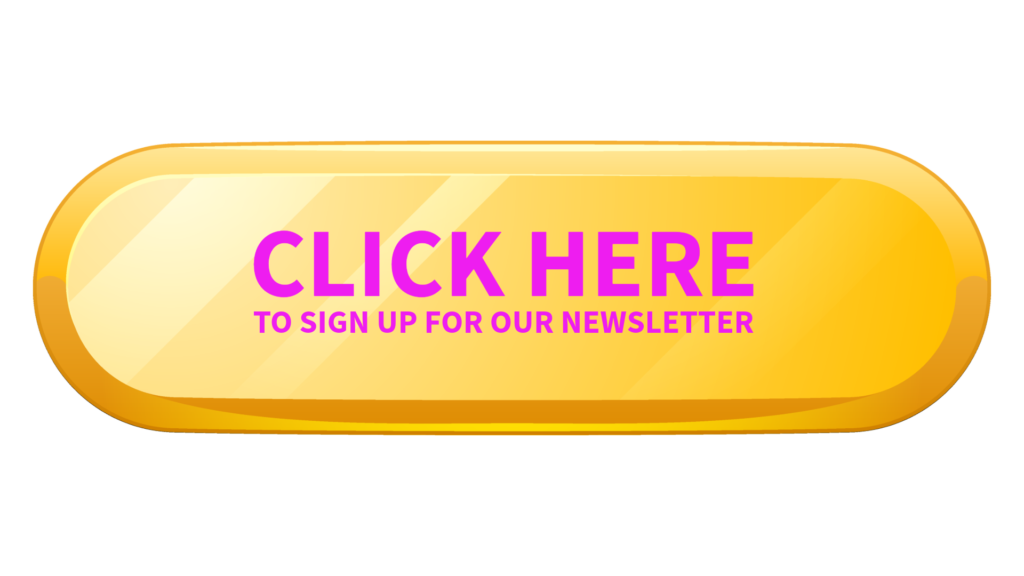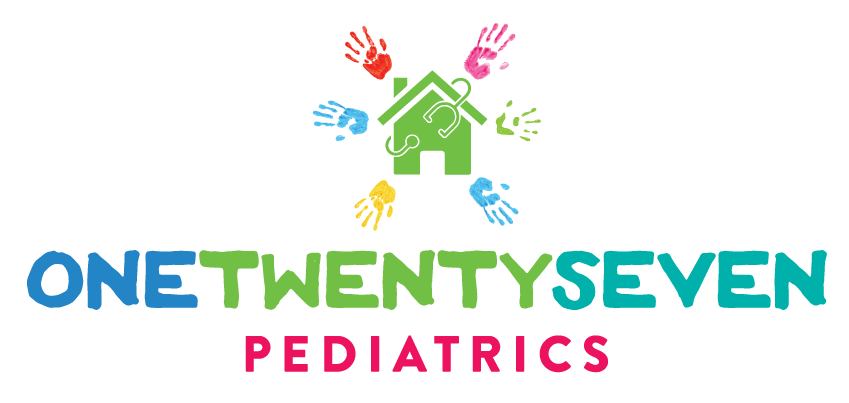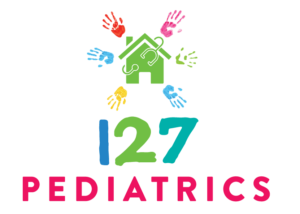Common breastfeeding challenges are common for a reason.
Several years ago, Sally had her first baby. Her birth went well and she was able to put her baby skin to skin right away and enjoy the golden hour with her new baby. As a result, the baby latched well to the breast in the first hour of life and continued to breastfeed well during the hospital stay. However, once she got home with the baby, things changed.
Sally had been using a nipple shield in order to latch her baby to the breast. Baby Kate refused to latch without the shield. As the days after birth went on, Sally began to notice that baby Kate was having fewer dirty diapers than she was in her first few days of life. Additionally, she found that the flow of milk through the nipple shield seemed to be less than before. She also noticed a small red patch of skin on her left breast and started to worry that she might have a bacterial infection. She couldn’t find a comfortable position to nurse the baby and she was started to feel discouraged.
In this article, we will look at several of the most common breastfeeding challenges that women experience. Just like we saw with Sally, breastfeeding issues can make you feel discouraged if you don’t know what to expect or what to do about these issues.

Nipple Pain
Many breastfeeding mothers experience sore nipples, especially in the earliest days of breastfeeding a new baby. Nipple pain is a common complaint. Your nipples were designed for supplying breast milk, but they may not be accustomed to the frequent feedings demanded by a newborn. The soreness caused by frequent feedings should improve within a few days.
On the other hand, if your nipple pain is accompanied by bruising, bleeding or cracking of your nipples, likely your baby has a poor latch. A lactation consultant can help you to know what a proper latch looks and feels like.
There are also many other causes of nipple pain in breastfeeding mothers.
Breast Engorgement
Around 3-5 days postpartum, most women experience copious milk production or more commonly known as milk “coming in.” As a result of this normal step in your breastfeeding journey, you will often experience breast engorgement. As the milk ducts fill with breast milk, there is also swelling and pain in the breast tissue.
Even though breast engorgement is uncomfortable, it often only lasts for a day or two. As your milk supply adjusts to the needs of your baby, the engorgement will subside.
Before your breast milk supply down regulates, you can relieve your symptoms of breast pain with a few simple things:
- Nurse on demand
- Apply cold compresses or ice between feedings
- Use anti-inflammatory medications for pain
- Refrain from over expressing breast milk with a breast pump
Pumping to completely empty the breasts should be avoided, as it can result in oversupply of milk and potentially a breast infection.
Low Milk Supply
One of the most common worries for any breastfeeding mother is low milk supply. A lot of women worry about why their breasts are not producing enough milk.
As a breastfeeding specialist, it is one of the main reasons why mothers call me for a consult. Normally, your milk supply should increase in the first few days after birth. Initially your breasts will make a small amount of colostrum or early breast milk. Then, after your milk comes in, your supply will increase gradually until it matures around 2 weeks postpartum.
Around 2 weeks of life, your baby should regain their birth weight. After that time, your breast milk supply will stabilize at 24-32 ounces per 24 hours. You will continue to maintain this amount of milk production for as long as you continue to regularly empty your breasts.
The most common cause of low milk supply is actually perceived low milk supply. You don’t actually have low supply at all. However, there are various factors that contribute to true low milk supply. The most prevalent cause is inadequate or infrequent breast emptying. Additionally, there are several maternal medical conditions that can lead to low milk supply.
Mastitis
Sore breasts can be caused by mastitis. This inflammatory breast disease is caused by poor breast emptying. Oversupply of milk or supplementing the baby with formula without pumping are the most common reasons for poor emptying. Additionally, if your baby is not transferring breast milk well, this can lead to mastitis.
Recently, the Academy of Breastfeeding Medicine Protocol Committee examined and revised their mastitis protocol. This helpful protocol is the basis for how we look at mastitis and its treatment. This inflammatory breast disease is a spectrum that begins with inflammation and can end up with a bacterial breast infection.
Therefore, early intervention is important. As the first signs and symptoms of mastitis start to show up, you can get rid of mastitis on your own with a few simple things.
- Warm compress before feeding your baby
- Cold compress or ice after feedings
- Empty breasts regularly
- Don’t aggressively use an electric breast pump or massage your breasts
- Take high doses of an over the counter anti-inflammatory medication
However, if you have done these things for several hours and things are not improving, be sure to contact your health care professional. Additionally, if you have achy breasts plus fever, body aches and / or breast redness, alert your physician sooner rather than later.
Dysphoric Milk Ejection Reflex (D-MER)
Breastfeeding aversion is something that not a lot of mothers talk about. It is likely more common than we realize because women don’t know that it is a thing. Since the hormones of breastfeeding overlap with other hormones, sometimes the signal can get crossed and you will feel unpleasant feelings during your letdown of breast milk.
While there is limited research available, it is believed that this phenomenon occurs most frequently during hormone shifts. Certain hormone shifts such as ovulation or return of your menstrual cycle are culprits.
While there are no proven therapies for this condition, certain things have helped mothers to continue breastfeeding.
- Watch TV or listen to music while nursing
- Use distractions like holding an ice cube
- Counseling or other support
- Try different breastfeeding positions
Unfortunately, some mothers feel like weaning their baby is the best solution for them.
Plugged Ducts
While plugged duct is a commonly known term, it is not truly what is happening inside of the breast with this condition. Even though it may feel like just one duct is blocked and causing your pain, milk ducts are more of a web of tiny overlapping ducts instead of just discreet tubes.
As a result, when you have a plugged duct, you will feel a tender lump in your breast. While it may be tempting to squeeze on these painful lumps in order to relieve the pressure, you should treat the inflammation instead.
Milk Blisters or Nipple Blebs
If your nipple has a tiny white spot on it that is very painful, this is a nipple bleb. Although, it may be tempting to “pop” that blister or “unroof” it with a needle, you should avoid doing either of those things. The underlying cause of these annoying little spots on your nipple is actually inflammation within the milk duct itself.
Therefore, you should treat the inflammation in order to restore milk flow.
- Correct latch or pump technique
- Use cold compress or ice
- Anti-inflammatory medication
- Topical steroids (you will need a prescription from your health care provider)
Learn more about the truth about nipple blebs here.
Inverted Nipples
Inverted or flat nipples can make breastfeeding challenging. It is uncommon to have truly anatomically inverted nipples. Instead, some women have nipples that don’t become erect without stimulation. A baby latches to the breast by grasping the nipple and areola first. Then, the baby will draw the mother’s nipple into their mouth and up against their hard palate. If the mother’s nipple is flat, it becomes harder for the baby to latch onto the breast properly.
Most women find that this issue resolves over time as they breastfeed their baby. Nursing frequently in the beginning can help stimulate the nipples. You can try gently rolling your nipple between your thumb and forefinger to make it stand out. This will make it easier to latch your baby.
Additionally, many women with flat nipple find that a nipple shield will help them, especially in the early days of breastfeeding. However, nipple shields are not without risk. You need to seek the guidance of a breastfeeding expert if you are using one.
When to Seek Advice from a Healthcare Professional
Of course, I am biased, but I think that every breastfeeding mother should see a breastfeeding expert at least once before she has a baby and once after the baby is born. We can help you to anticipate and identify problems early before they become too difficult to recover from.
As a dedicated breastfeeding medicine expert and a mom who’s walked the same path, I’ve crafted something just for you – a free guide designed to demystify the numbers that often seem so daunting. “Crack the Secret Code of Breastfeeding Math” is more than just a guide; it’s a beacon of confidence on your breastfeeding journey.
This invaluable tool is here to reassure you that you’re not just on the right path, but thriving on it. Understand how much weight your baby should gain, manage your pumping schedule and make sure that your baby is meeting breastfeeding milestones. Our breastfeeding math guide has you covered.
Confident breastfeeding starts here. Download the free guide now!
© 127 Pediatrics, April 2024
This article is for information purposes only. Please consult your personal physician for medical advice.

Dr. Andrea Wadley is the owner of 127 Pediatrics. Additionally, she is also a pediatrician and lactation consultant. She started 127 Pediatrics as a way to provide a different option for pediatric and lactation care to families in her community. 127 Pediatrics also offers online breastfeeding education.


